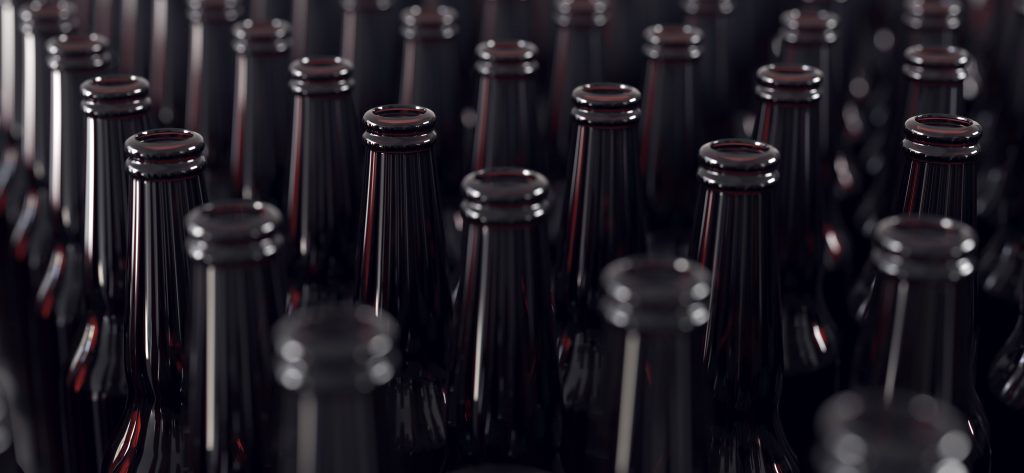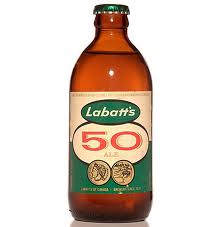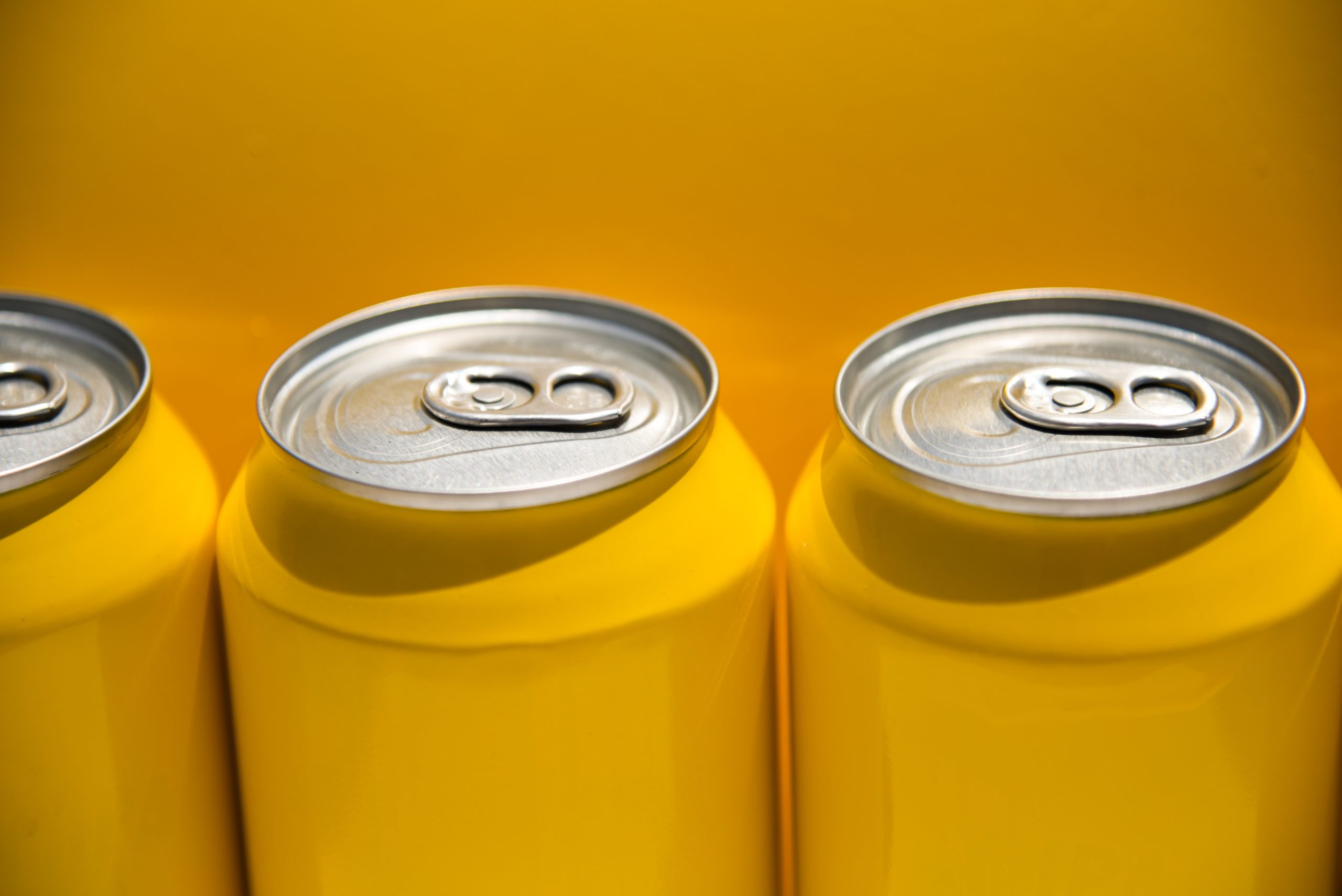I am going to say something unpopular here. I don’t like beer in cans. It’s not that I think the beer in the cans tastes bad – I know cans don’t alter the flavour. I just don’t like cans. Never have. Now, I am well aware that ship has sailed and cans are king. So I suck it up and grab a four-pack of tall boys like the rest of you. And I dutifully return them to the recycling depot upon finishing with them.
But I don’t like it.
There are a number of reasons for it. I think they are environmentally less sound than bottles. The plastic lining makes me suspicious of any kind of long term aging. Overall recycling rates for cans are lower than bottles. And aesthetically I find it less satisfying than popping a cap (or cork) and pouring from a bottle into my glass. I understand they have their upsides as well, but I still don’t like them.
But that isn’t really the point of this post. I am happy to wallow in my curmudgeonly grumpiness and fondly remember the days when you had to carry a bottle opener with you just in case you stumbled across a beer. No, this post is about WHY can has become dominant.
More accurately, I want to look at why any packaging option becomes dominant. But back to cans for a moment.
The most common refrain about the rise of cans is because of consumer demand. Beer drinkers prefer them. I don’t deny that, but I am not sure that actually explains very much. The reasons are more complex than that. I did a post/column on the rise of cans last year earlier in the pandemic, which you can read here. In that piece I argue it is a combination of economics (canning recently becoming much more affordable due to new technology, mobile canning and flexible labeling options) and shifting consumer attitudes (a falling away of the myths about beer in cans being of poor quality). COVID-19 accelerated the shift due to throttling of on tap availability.
I think that basic analysis holds. However, recently I have been taking a longer view on beer packaging, thinking about the numerous historical shifts from one vessel to another. Thinking more broadly a pattern emerges that shifts the balance in that analysis. I argue that if we look at when and how beer packaging shifts, the role of new technology and the bleak rules of economics explain more than consumer preferences.
Of course, if consumers don’t like something they won’t buy it and it will fail. Where did all those aluminum bottles go? But I argue consumer demand is a lagging indicator – it is the last thing to come around. Early innovators (at least in this realm) are driven by economics, not a prescient sense of what the people want.
Let me take you back in time. In the early days of commercial beer it was packaged in wooden barrels and dispensed into glasses by publicans (homebrewers packaged in a range of vessels available to them). In the late 1600s glass bottles began to emerge due to advancements in glass production (stronger to withstand pressure). Early bottles were expensive and labour intensive (requiring hand bottling and sealing with a cork and cage). So why do it? It opened up export markets – new streams of revenue.

The next bump in bottle popularity took place with the invention of screw caps and crown caps. These new caps greatly reduced the labour required, making bottles more affordable. Consumer convenience was a secondary concern. Bottles really took off between the wars and after WWII, best explained by sociological shifts towards drinking at home, growth of suburbs, etc. and — price point. Bottles had become more economical and thus the price point became a feature.
Shifting to Canada (yes I know I am skipping some history here) we see similar patterns in why packaging evolved. Through the first half of the 20th century breweries packaged in a melange of bottles, often unique to their brewery. With no centralized recycling reclaiming empties and acquiring new bottles was an expensive proposition. In 1961 Canadian Breweries Limited (E.P. Taylor’s predator of a brewing corporation) introduced the stubby bottle and it was quickly adopted as the standard bottle. Why? It reduced costs in a wide range of areas. By standardizing, an efficient system for return and re-use could be established (anyone using anybody’s bottle). Bottle production could be centralized, increasing economies of scale. In short, it saved breweries money. Sure, it also had many great features, including being sturdy, easy to carry and store and offering a quality pour. Canadians came to love it, but that was only AFTER it was forced upon them.
The stubby met its demise in 1984. Not because Canadians turned their back on it, but because of pressure from the popularity of U.S. beer. During that period U.S. beer was creeping into the Canadian market and chipping away at the market share of Canadian brands (the Canadian breweries were partly architects of this problem by partnering with U.S. breweries but that is another post). U.S. beer was noted for its longer neck bottle. Canadian breweries felt the need to replicate the American look at started producing their own longer neck bottles. A few years of bottle chaos ensued until the big breweries agreed on a new industry standard bottle, the twist-off long neck we know today.
(Incidentally the adoption of both the stubby and the long-neck as industry standards were effectively enforced via rules created by the Beer Store in Ontario, which is owned by the big brewing corporations. Again, a story for another day.)
The emergence of the new standard took place for the same reasons the stubby took hold – creating an industry-wide standard is more economical, saving the breweries millions of dollars. Consumers didn’t really have a say in it.
Jumping to today, the rise of cans in the craft beer segment has a similar trajectory. For most of the craft beer era cans were out of reach for small brewers. Sure, the craft consumer also did not associate quality with cans but that is mostly because they never saw craft in cans. It was mostly economics. Canning lines were expensive and the can production companies required huge orders of prelabeled cans which priced this packaging option out of the reach of most craft breweries. Besides, in the early years it was relatively easy and cheap to buy into the industry standard pool. Bottles won on a number of levels.
That started to change a few years ago as small, less expensive canning lines began to be developed. And the can producers found ways to ship smaller quantities of blank cans, allowing breweries to add labels post packaging creating increased flexibility and affordability. That began the shift – cans were becoming cost competitive. Add to that the industry standard model was showing signs of age. The Beer Store rules broke down, the big boys starting introducing alternative packaging to create differentiation and to compete with craft options, and under increasing cost pressures the conglomerate made it harder for breweries to stay in the collective. Cans just seemed simpler and simpler.

So we saw a movement towards cans. Initial customer reaction seemed fine which accelerated the process. In very short order craft breweries were EXPECTED to package in cans. A stunning turn around. That kind of momentum can become self-sustaining. If your competitors are doing cans the pressure increases to switch to cans yourself. Again, this is not really consumer preference in action, it is competitive economic pressure. Breweries have to keep up.
Today cans are the norm, except for particular beer intended for aging or using alternative techniques. Sure, customers are happy with the new norm, but they were not really the impetus behind it. Economics and technology were.
The final shift I want to address is the invasion-in-process that is tall boys. Traditional cans are 355ml. Tall boys are 473ml. In the last couple years they have emerged as the dominant size of can. Why? They do match the usual (American) pint that people get in pubs and so consumers are used to that volume for a beer. However, pints have been around longer than cans and for decades cans were 355ml.
We could say consumer preference. They just like this size better. But is that all there is? Permit me to do a bit of math. A six pack of standard size cans is 2.13 litres of beer in total. A four pack of tall boys is 1.89 litres. Both sell for basically the same price – I have noticed no price difference between six packs and four packs. This is not an insignificant difference. On a 40hl run, a pretty standard size batch, the difference leads to 240 more four pack tall boys. Conservatively that is an extra $3,500 to $4,000 in gross revenues per batch. And no one notices because they assume they are equivalent.
To be clear, I am not criticizing or dumping on anyone for this. It is perfectly legitimate business practice and most consumers, including me, don’t care about the pennies in difference it is for us. I just think we need to recognize that breweries are not passive recipients of consumer messages. They help build demand for something. And they do so based on economics.
This argument is not intended to erase the role of the consumer. They do a lot to shape what breweries do. But there is no such thing as one consumer. There are dozens of types of craft beer fans, each with their own preferences. If a brewery chases the latest style fad, they are making a decision to target a particular segment of that consumer base. A perfectly legitimate business decision, but it is not driven by “consumer demand”, it is driven by the economic decisions the brewery owners are making about where they want to take their business. Other paths are possible.
The same rule applies to packaging. Businesses are not just responding to some newly emerged insistence on the part of consumers for cans. The demand for cans developed over time and was nurtured by breweries early into that model. Consumers mostly respond to what is provided to them. They can reject what they don’t like, but their role is largely passive. Active innovation comes from technological advances and economic calculations on the part of breweries.
On the other hand, maybe this whole argument is just a long rationalization to justify my dislike of cans. You can be the judge.


Leave a Reply